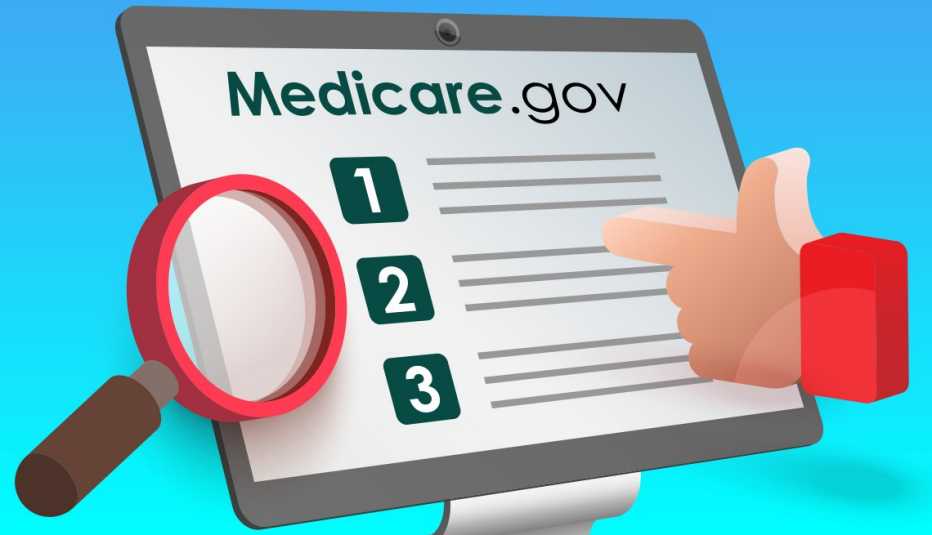Staying Fit


If you’re nearing your 65th birthday, it’s time to start thinking about enrolling in Medicare, the federal health insurance program that helps tens of millions of older adults and younger people with disabilities pay for their health care.
If you’re not receiving Social Security benefits, you’ll need to take steps to enroll. Keep in mind, you can enroll only at certain times. If you sign up late, you could end up with gaps in coverage and costly penalties for as long as you have Medicare.


AARP Membership— $12 for your first year when you sign up for Automatic Renewal
Get instant access to members-only products and hundreds of discounts, a free second membership, and a subscription to AARP the Magazine.
Signing up for Medicare is essentially a five-step process. We walk you through each step in detail.
1. Do your homework before turning 65
You can start exploring your Medicare options in your early 60s, but you should look more closely as soon as you turn 64. Consider taking the following steps.
- Meet with your benefits manager to discuss health insurance options if you’re still working.
- Determine your Medicare enrollment window. This is the seven-month initial enrollment period that begins three months before the month you turn 65 and ends three months after your birthday month.
- Check out the Medicare website and master the online tools.
- Create a My Social Security account if you don’t have one already. You can use it to enroll in Medicare online.
Start investigating how you plan to get coverage about six months before you turn 65. You might opt for original Medicare, also known as traditional Medicare, which includes Part A hospitalization coverage and Part B doctor and outpatient services. Many people who have original Medicare purchase Part D prescription drug coverage and a supplemental Medigap policy, which can help pay some of your out-of-pocket costs, such as deductibles, copayments and other expenses.
Another option is to sign up for a Medicare Advantage plan, which includes parts A and B and usually Part D.
Before you turn 65, it’s a good idea to learn about programs that could help you afford Medicare premiums and out-of-pocket costs and provide extra help to pay for Part D coverage.
2. Look at enrolling — if you’re not already on Social Security
If you’re not receiving Social Security benefits yet, you’ll have to take action to enroll in Medicare. You’re ready to sign up if:
- You’re within three months on either side of the month you turn 65.
- You’ve decided whether you’ll keep any health insurance you’re receiving through your job or your spouse’s job.
- You’ve made the choice between original Medicare and Medicare Advantage.
- You’ve decided whether you’ll buy a Part D plan if you’ve opted for original Medicare and don’t have prescription drug coverage from an employer or retiree plan.











































































More on Medicare
How to Get Guidance When Enrolling in Medicare
National and state resources provide help on the phone10 Common Medicare Mistakes to Avoid
Errors can prove costly to new enrolleesUnderstanding Medicare’s Options: Parts A, B, C and D
Making sense of the alphabet soup of health care choices